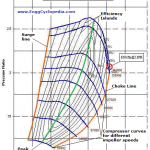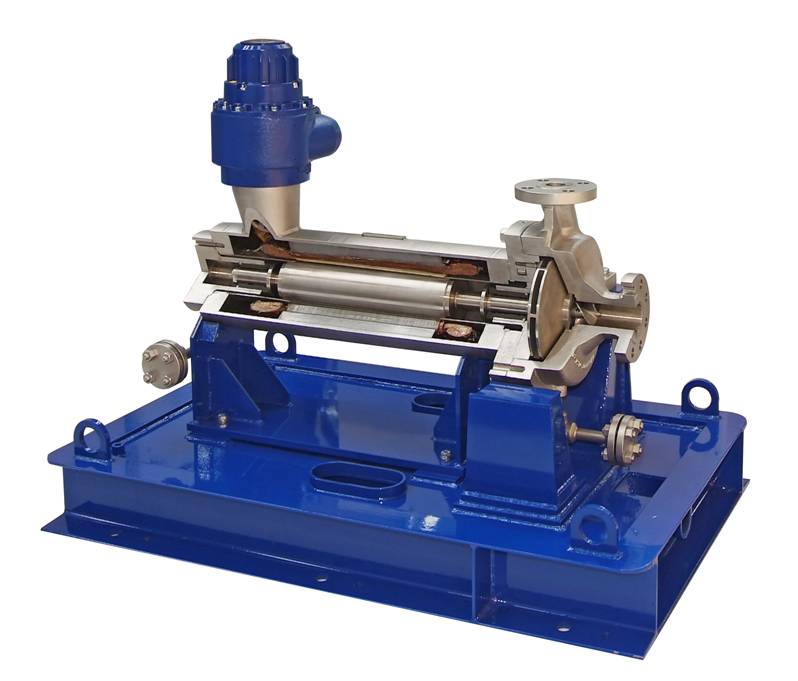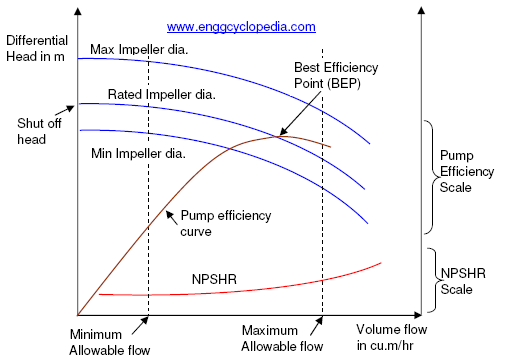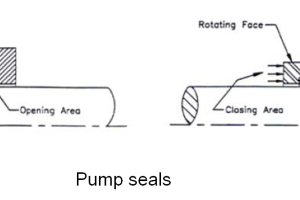Pumps and compressors are mechanical devices that are used to move fluids or gases. They often involve rotating machinery, such as impellers or rotors, which can create significant amounts of noise during operation. This pump noise can be unpleasant or even harmful to those who are exposed to it for extended periods of time. This post is discussing the noise level generated by pumps and compressors and how manufacturers test and assess the potential for hearing damage.
Table of content:
Causes of pump noise
Effects of pump noise
Testing of pump noise levels
Methods for reducing excessive noise in pumps
Causes of pump noise
Let’s take a look at a few problems in a building system that are commonly the cause of noises in pumps.
Impeller noise
The impeller is a rotating component that moves fluid through the pump. As it rotates, it creates pressure changes in the fluid that generate noise. This noise can be amplified if the impeller is unbalanced or if it comes into contact with other components of the pump.
Motor Noise
The motor is the power source that drives the impeller. It generates noise as it operates, especially if it is poorly designed or has worn-out bearings.
Vibration noise
Pump vibrations can cause noise by shaking other components or the surrounding structure. This noise can be exacerbated if the pump is mounted on a rigid surface or if it is not properly isolated from other equipment.
Cavitation Noise
Cavitation is a phenomenon that occurs when the pressure in the fluid drops below its vapor pressure, causing bubbles to form and collapse. This process can generate high-frequency noise that is often described as a "cracking" or "popping" sound.
Noise due to air in the system
If your system does not have an air separator, air may become trapped in the water lines and cause issues. To address this problem, it's important to inspect the water lines and bleed the system.
Modern pumps are equipped with bleeder valves that make this process easy. By slowly opening the valve until a hissing noise is heard, air can be released from the system. Once the hissing noise stops and a dribble of water is visible, the pump should be free of air, and the valve can be closed.
It's also important to ensure that the pump has been installed correctly. Even a slight inclination or misalignment can cause air to become trapped in the pump, leading to noise and other issues. By following proper installation and maintenance procedures, air-related problems can be minimized or avoided altogether.
Effects of pump noise
Higher noise of pumping systems can have various negative effects on both the pump and the system it is serving. Some of the effects are discussed here.
- Excessive noise can cause vibration, which can damage the impeller, shaft, and bearings of the pump. This can result in reduced efficiency and premature failure of the pump.
- Excessive noise can also result in increased maintenance costs. For example, if the pump bearings are damaged due to excessive vibration, they will need to be replaced more frequently, which will increase maintenance costs.
- Higher noise in pumps can also have negative effects on other components in the system, such as valves, fittings, and pipes. Excessive vibration can cause these components to loosen or crack, leading to leaks and reduced lifespan.
- Excessive noise also be a safety risk to workers, as it can lead to hearing loss and other occupational health and safety hazards. Excessive noise levels can also lead to distractions, increasing the risk of accidents.
Testing of pump noise levels
Manufacturers use a variety of methods to measure and test noise levels of pumps. Few of them are discussed here.
Testing of pump noise by measuring acoustic energy
To address this issue, some manufacturers test the acoustic energy generated by the machine at various operating conditions. Acoustic energy is a measure of the sound waves produced by the pump or compressor. By measuring this energy, manufacturers can identify the specific sources of noise and develop strategies to reduce it.
To assess the potential for hearing damage, manufacturers use standardized auditory tests to convert the sound pressure produced by the machine into dBA levels. dBA is a measure of sound level that takes into account how the human ear perceives different frequencies of sound. It is a commonly used unit for measuring the intensity of noise.
Using acoustic microphones, manufacturers can capture the sound waves produced by the pump or compressor and convert them into dBA levels. This information can then be used to assess the potential for hearing damage to those who are exposed to the noise.
Other methods
Another method involves using specialized instruments to measure the vibration levels of the pump and its components. This method helps identify the sources of noise in the system, including the impeller, motor, bearings, and other mechanical components. Once the sources of noise are identified, manufacturers can take steps to reduce the noise level.
Manufacturers may also conduct sound power tests, which measure the total amount of acoustic energy generated by the pump. This method helps to determine the overall noise level of the system and identify the most effective methods for reducing noise.
In addition, manufacturers may use computer simulation software to model the pump and predict its noise output under various operating conditions. This method allows them to optimize the pump design for minimum noise levels and identify potential noise problems before the pump is even built.
Manufacturers can use these methods to measure and test pump noise levels to ensure that their products are optimized for minimum noise and vibration.
Methods for reducing excessive noise in pumps
Some of the methods for reducing noise are listed here.
Proper pump selection: Choosing a pump that is appropriate for the application can reduce noise levels.
Pipe insulation: Insulating the piping can help absorb and reduce noise.
Vibration isolation: Mounting the pump on vibration isolating materials or using flexible piping can help reduce vibration and noise.
Impeller trimming: Trimming the impeller diameter can reduce noise levels.
Variable frequency drives (VFDs): VFDs can be installed to reduce noise levels by adjusting the pump speed.
Pump location: Placing the pump in a separate room or enclosure can help reduce noise levels.
Maintenance: Regular maintenance, such as replacing worn bearings or tightening loose connections, can reduce noise levels.




